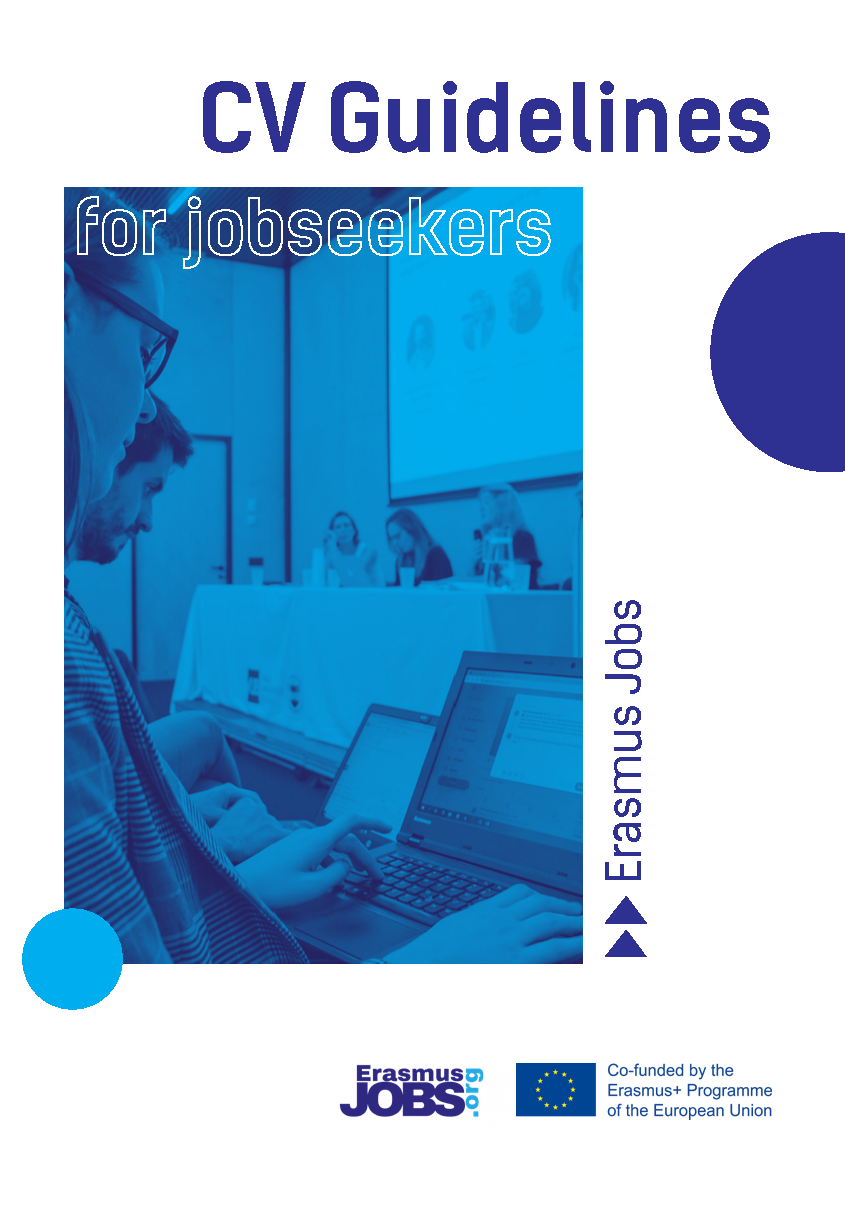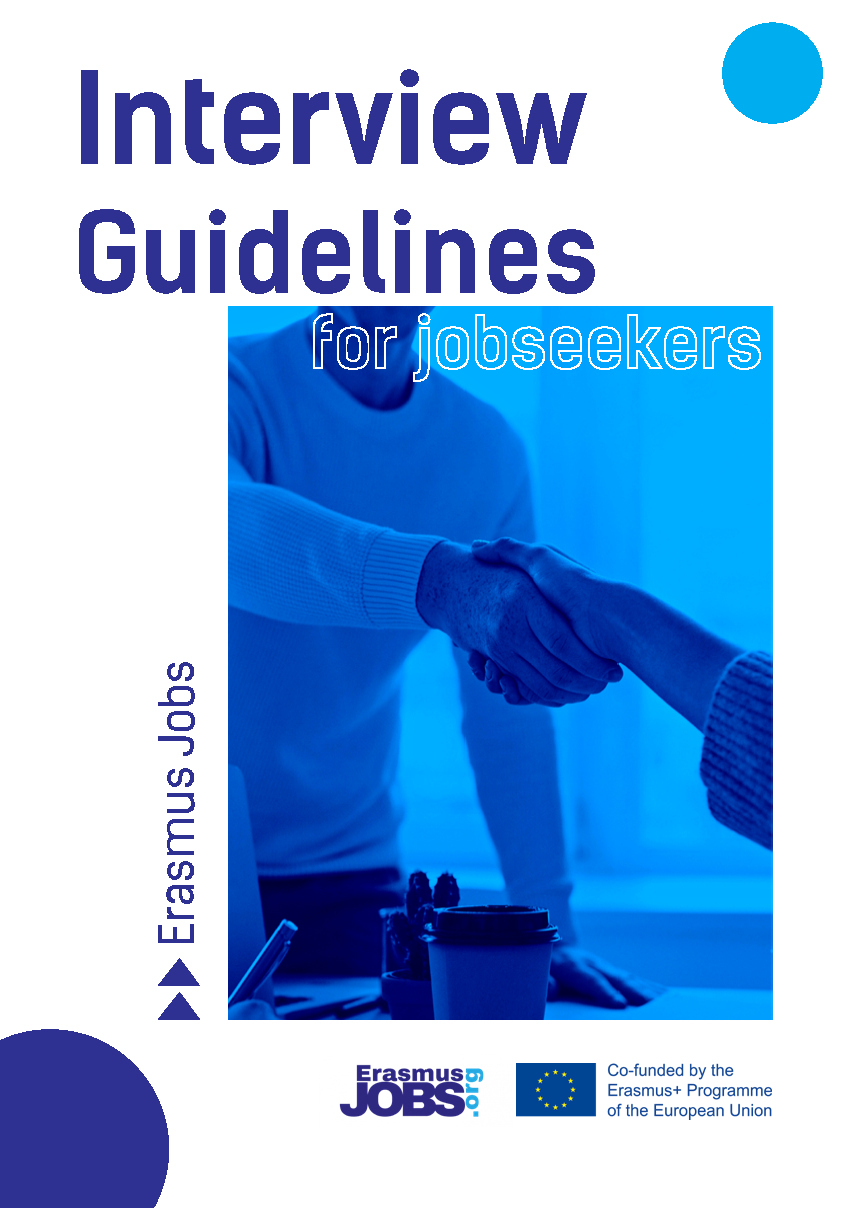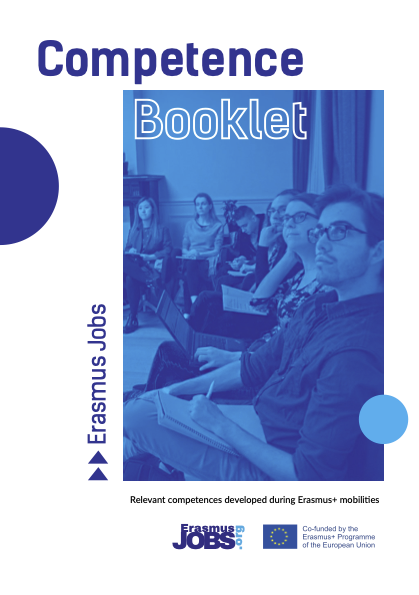
GOAL OF YOUR CV
The goal of your CV is to market yourself as best as possible and show that you are the right candidate for a certain position. Make sure the reader can pinpoint the important and relevant skills in your document. Always keep in mind that a CV should be focused, and not just a list of all previous academic or work experience.
CV LENGTH
General convention states that currently a CV should be one to max. two full A4 pages.
A single page CV:
Here you need to keep in mind that every word and information needs to have a purpose and your document should only list what is necessary and relevant to each specific position. It should be short and sharp. The most impressive points should be quickly and easily identifiable. Fitting everything on one page is hard work, so choose wisely the most important & relevant information.
Two-page CV:
Make sure to have all the important information on your first page and to start your second page with a new, strong header. Moreover, empty space at the end of a CV is usually considered as lack of experience or lack of organization skills. Therefore, you need to ensure that you fill both pages completely. If there is not a clear reason to use a second page, then it is preferred to stick to a single page CV.
ORDER & ARRANGEMENT OF INFORMATION
The order and arrangement of the information in a CV are very important. Do realise: The amount of space given to a section reflects the amount of importance you attach to it.
NAME - PERSONAL DETAILS - PHOTO
Your name should always be on top of your CV, serving as the title of your document. Depending on the country you are applying to, the personal details you need to include vary. However, for most European countries the personal details that are required include current address, phone number and personal e-mail. The need to add a photo differs per country, but if you add one, make sure it’s a professional picture.
PROFILE SUMMARY
A short statement, a career objective, a profile summary, or a career narrative. Different words but all referring to those few lines in which you describe yourself, briefly but to the point. Think about writing your own elevator pitch for inspiration.
EDUCATION
In a recent graduate CV, education normally comes first, as this section is one of your biggest selling points and should therefore be presented as early and sharply as possible. Ideally it should only include 3 items max, i.e. your highest diplomas.
WORK EXPERIENCE
This section needs to be clearly presented to help the reader easily follow your professional journey and understand the significance of each experience and your specific role in it. Create inclusive bullet points & short sentences with relevant keywords. Choose relevant information to include in your sentences/bullet points. And remember, voluntary work experience and side jobs are also work experience!
ADDITIONAL TRAINING
Add all your additional training and any other co-curricular courses, as well as any other relevant seminars/workshops, MOOCs, extra-curricular courses, summer schools, certifications etc. - anything that contributed to your overall formation and would bring value to the application. Information should be targeted – make sure it’s just a selection of experiences, not an extended list.
Note: Follow a similar structure for all your experience-based sections. Examples of additional sections you can include: Relevant Projects, Volunteer Experience, Memberships & Community Involvement, Awards and Achievements, etc. Highlight
LANGUAGE & DIGITAL SKILLS
You can present your language, digital and other skills in columns or another graphical representation. Follow a clear structure and have important points in bold to make it easy for the reader to quickly spot the relevant information in each section. (Don’t forget to include your mother tongue). Sort skills by category and include certifications and level of competence when applicable.

